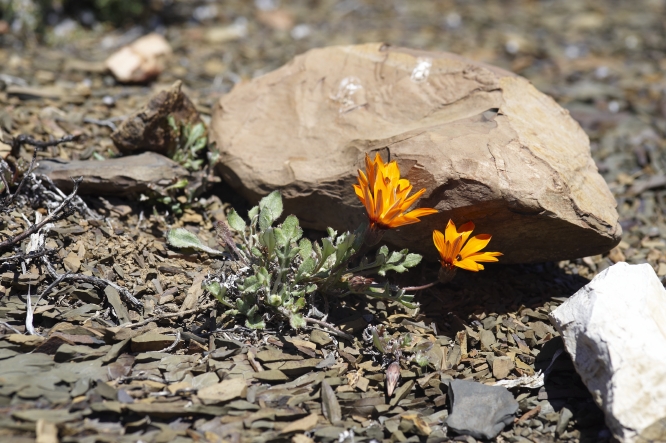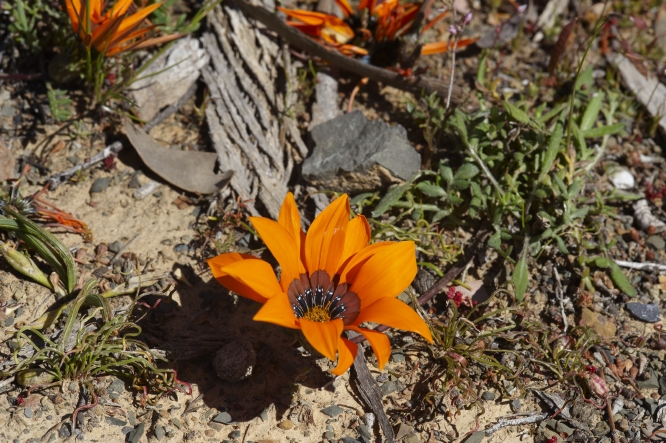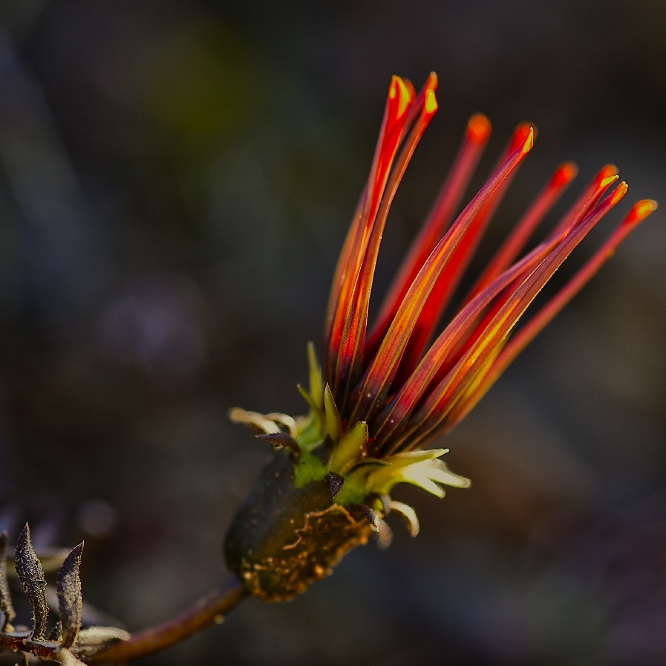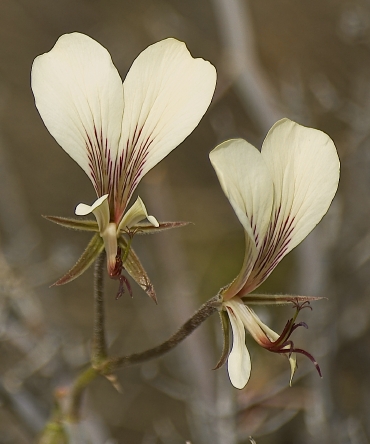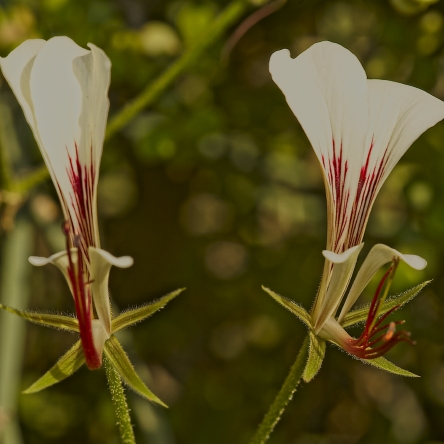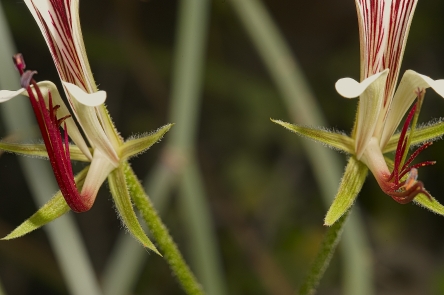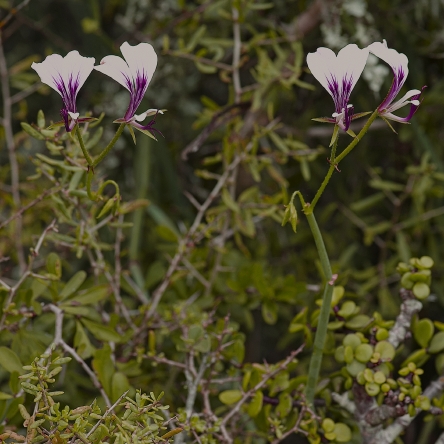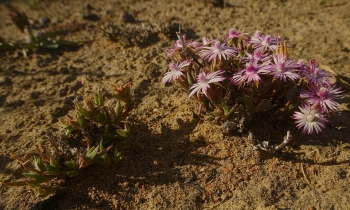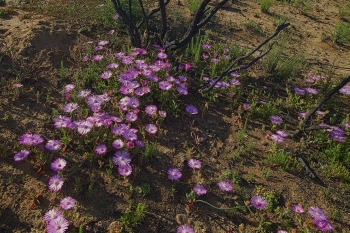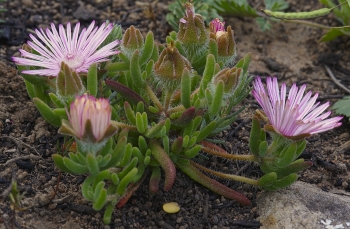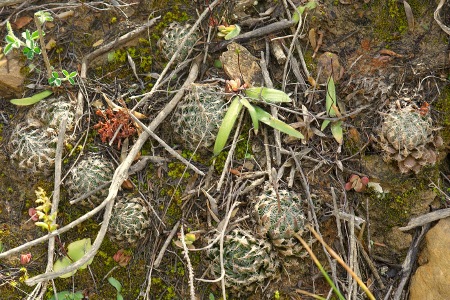When one looks at the many plant pictures that can be found on the internet, it quickly becomes clear that there is a lot of room for improvement.
The two most common problems by far are:
–clutter (too many competing elements in the picture). The photographer seems to be saying: “Look, there is so much of interest here that I cannot choose. Please help yourself”
— a disturbing background (too dark or too light, too much in focus, wrong colour etc.)
Once you have become aware of these 2 problems you can take your first steps to better plant pictures.
Other problems one often sees, such as too much or too little contrast, may sometimes be (partly) remedied in post production. For the two main problems, that often is not possible unfortunately.
Modern cameras can take most decisions on their own. In itself that is a wonderful thing, but we have now reached a stage where it may become counterproductive. In other words, the photographer is lured into thinking that he/she only has to point the camera at the subject and press the button to get a nice picture.
When you decide that maybe your pictures are not as good as you would like them to be, you have to take back some of the decision making into your own hands.
Once you have found a suitable subject, it is a good idea to first take a picture of the plant as a whole. After this you should try to describe to yourself what the subject is and what is so interesting about it. Then include in the picture only what fits this description. Doing all this will force you to slow down and that may sound like a bad thing. The opposite is true however, as a lot of less-than-perfect pictures come about because the photographer is in a hurry.
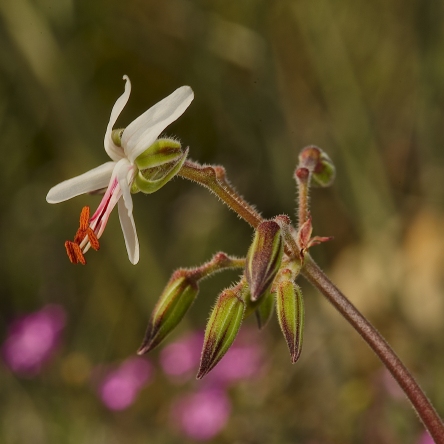
Both the pink blotches at the bottom and the bright spot on the right draw attention away from the subject.
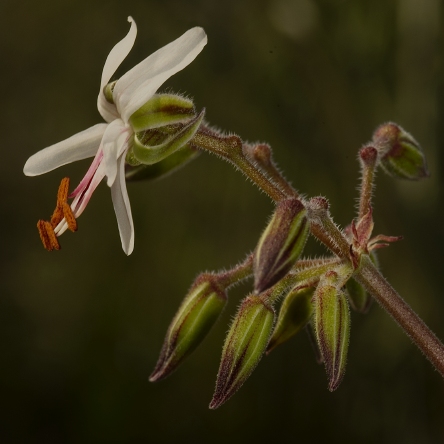
Simply by changing the camera position slightly, I was able to get this result. Well worth the extra bit of trouble, don;t you agree?
Each time you make a picture you make decisions even if one is not aware of it.
Mentally working through a check-list will make this decision making process easier. In the beginning it will seem like overkill and it may make you feel a bit silly (especially when others are around). But so what? Following these simple steps is bound to result in better pictures and that is what it is all about, isn’t it?
Your check-list could be something like this:
*Is the subject matter at hand the best I can find, or is there something better nearby?
*Will one picture be enough or do I need more to tell the story, maybe one of the whole plant in its environment and some of details?
*Is this a good time of the day/year to take the picture? Should I try to return later, when the flowers are open, the fruits are ripe, the leaves have unfolded etc.?
*Is the light all right or should I rather wait a while or come back later?
*Should the background be in focus, so that it adds information to the picture or out of focus so that the subject stands out more? Are there any unwanted objects/shadows/ highlights in the background? Do I need a different background or foreground?
*Will moving the camera give better results (forward or backward, tilted, raised or lowered)? What if I step or turn left or right?
*Will a different focal length (if available) or focus point create a better picture?
*What will happen if I change the aperture or the shutter speed?
*Are the contrasts in the picture space not too high? Should I use a diffuser or reflector?
After taking the picture, look at the display at the back of your camera to see how the picture has turned out: is the lighting even; is the exposure correct; is the depth of field enough (and in the right place)?
Of course there is much more to making good plant pictures than this, but it may be a good start.
If you want more information on the subject, have a look at my Ebook “Plant and flower photography”

